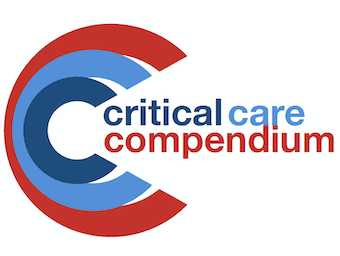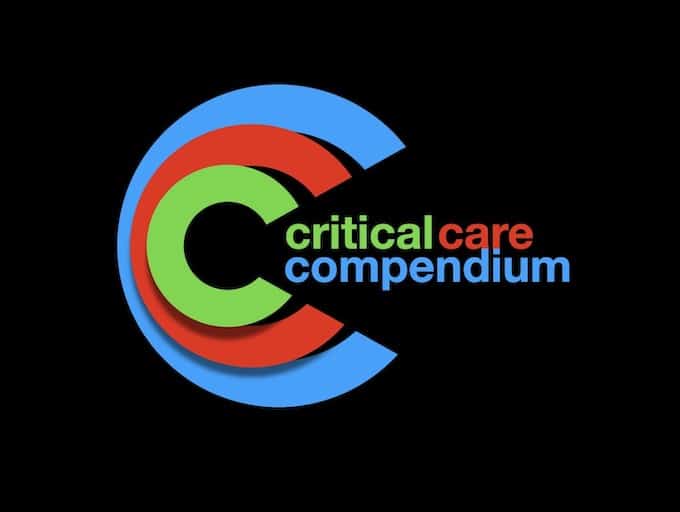
Central venous oxygen saturation (ScvO2)
Central venous oxygen saturation (ScvO2) surrogate for SvO2 thus provides a surrogate measure of oxygen flux, reflecting the balance between oxygen delivery (DO2) and consumption (VO2).

Central venous oxygen saturation (ScvO2) surrogate for SvO2 thus provides a surrogate measure of oxygen flux, reflecting the balance between oxygen delivery (DO2) and consumption (VO2).

SvO2 vs ScvO2: used as a measure of the adequacy of total body O2 delivery; can be both displayed continuously

EGDT: Within 6 hours of presentation to the Emergency Department intensive monitoring of specific circulatory parameters with the aggressive management of 5 key parameters to specified targets to optimise oxygen delivery to tissues.

AGENTS CLINICAL FEATURES INVESTIGATIONS SPECIFIC MANAGEMENT AND TRIGGERS FOR INTERVENTION Cyanide Carbon monoxide Methaemoglobinaemia References and Links

Paracetamol overdose is the most common cause of fulminant hepatic failure in the USA (39% of cases). Paracetamol-induced hepatotoxicity is defined as a peak elevation in hepatic transaminases (ALT or AST) > 1000 IU/L in the context of paracetamol overdose

Fulminant Hepatic Failure = rapid onset of encephalopathy in conjunction with hepatic synthetic failure.

Local Anaesthetic Toxicity-> sodium channel blockade -> arrhythmias and neurotoxicity

Reviewed and revised 14 September 2014 OVERVIEW Methaemoglobinaemia is the state of excessive methaemoglobin in the blood CAUSES Congenital Acquired (toxin/drugs) CLINICAL FEATURES INVESTIGATIONS MANAGEMENT Resuscitation Specific therapy Supportive care and monitoring REASONS FOR FAILURE OF METHYLENE BLUE Consider the…

True sympatholytic agents (e.g. alpha-blockers like phentolamine, and vasodilatory agents such as GTN, SNP, etc)≥ Also beta-blocker; ca2+ blocker;
clonidine; digoxin

Theophylline and caffeine are the most commonly encountered methylxanthines. Theophylline = water soluble aminophylline derivative; cAMP phosphodiesterase inhibitors

Cause Central (Failed ADH secretion) Nephrogenic (No response to ADH) (Failed concentrating ability) Drugs References and Links

High airway pressures in the intubated patient can signify the presence of a life-threatening emergency. The underlying cause is either with the 'man or the machine' (patient versus equipment). A structured approach to this problem is essential.